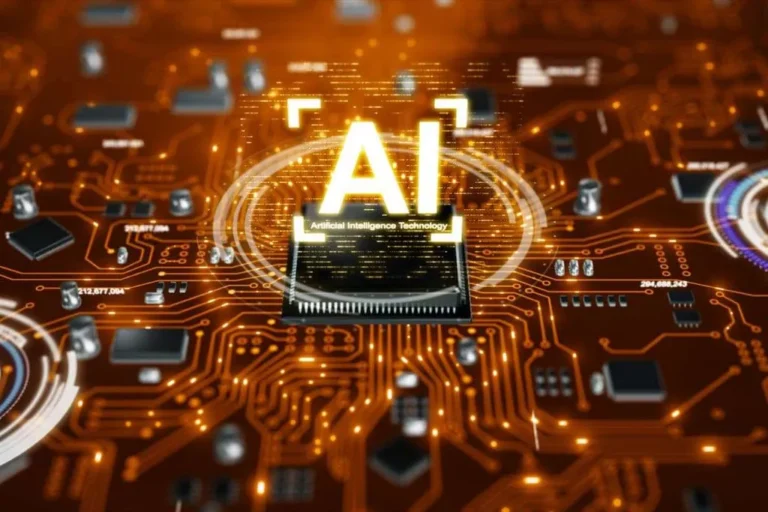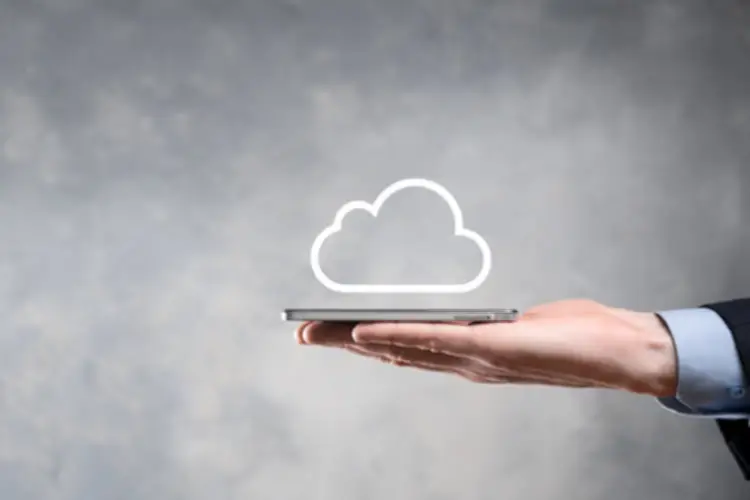How Incorporating Digital Belief Can Create A Safe Digital World Mena
Digital trust is the necessary thing to your organization’s success and customer relationships. EY refers to the international organization, and will discuss with a number of https://www.skopies.net/neos-dioikitis-lok-tis-ethnikis-frouras/, of the member firms of Ernst & Young Global Limited, every of which is a separate legal entity. Ernst & Young Global Limited, a UK firm limited by assure, does not present services to purchasers. Plus, a peripatetic podcast with the economist Tyler Cowen, and a look back at the Stanley Steamer and the way its demise presents classes for the automotive market of today. A useful exercise when developing a cyber-security technique is to extract key questions and steps from an implication’s insights. We do that beneath for one of the eight implications, but a decision-maker must also repeat the train for the other seven.

What Do Distributed Information Techniques Imply For Tech Enterprise Models?
Imagine the seamless Internet of Things experience of the long run, merging different industries, technologies, and use instances. A automotive is greater than a way of transportation—it’s a automobile of the broader digital expertise. The car drives itself to you, with its inside customized to your preferences. On your morning commute, the car syncs along with your wellness tracker to discover out which breakfast to order and choose up.
What Is Digital Trust, And The Way Does It Enable Fashionable Digital Business?
- Hank Prybylski breaks down what it means to include mission-critical belief parts right into a successful digital transformation endeavor.
- Digital trust has taken on new weight because the shift to technological practices and solutions has shattered beforehand accepted axioms, disrupting industries with new behaviours and attitudes.
- Prompting clients to supply an added layer of authentication earlier than high-risk transactions or uncommon activities permits them to really feel safe without introducing friction where it’s unnecessary.
- We additional validated these findings by analyzing the developments in digital trust–related patents granted during the last five to 6 years to gauge the maturity of these rising applied sciences vis-à-vis digital belief.
- Tim works as a cyber threat supervisor in the German Deloitte Cyber Strategy staff and has been supporting shoppers from various industries for matters centred around cybersecurity technique and architecture.
These corporations are outperforming their friends both in loss prevention and enterprise progress. In the present, fragmented IoT ecosystem, providers sell personalized IoT systems to industrial consumers. These systems characteristic IoT devices with embedded cybersecurity but don’t contain holistic cybersecurity functionality to protect the whole IoT worth chain. Each IoT supplier solely has management over the protection of its systems and doesn’t play a job in the integration of its system with these from different suppliers.
Bridging Digital Divide: Empowering Underprivileged Colleges With Expertise

When the industry can converge the IoT and cybersecurity, the reward could be monumental. By 2030, the IoT suppliers’ market is predicted to reach approximately $500 billion in a baseline situation. In a state of affairs by which cybersecurity concern is totally managed, executives would enhance spend on the IoT by a median of 20 to forty %. Moreover, a further five to ten proportion factors of worth for IoT suppliers could possibly be unlocked from new and rising use instances.

Senior Research Chief, Digital Transformation
The classical boundaries separating companies, operational expertise, info technology and connected digital products have been erased. To establish digital belief, governance fashions and accountability should reflect the interconnectedness of every little thing within the our on-line world realm. The trends’ interplay with each other exposes eight key implications (figure 2) that current numerous opportunities and challenges across industries, sectors and core enterprise priorities by method of digital trust. Analysed individually, the implications illuminate distinctive points of motion for each organisation. Together, they kind the bedrock for creating, or revising, long-term cyber-security methods and insurance policies that may supercharge digital belief.
They usually do so by partnering with cybersecurity vendors to provide add-on options. These are typically enterprise-wide cybersecurity solutions rather than IoT-specific products, with further security measures bolted on later as needed. Survey respondents across all industries cite cybersecurity deficiencies as a serious obstacle to IoT adoption (Exhibit 1). Roughly 30 % of participants name cybersecurity risk as their top concern.
At most IoT patrons, there are different choice makers for IoT and cybersecurity procurement (such as chief expertise officer, chief data officer, and chief information safety officer). Across these organizations, extra executives and managers are involved in IoT procurement than in cybersecurity procurement. Additionally, 14 percent of respondents note that whereas business-unit heads are immediately concerned in IoT procurement, they’ve minimal involvement in cybersecurity decision making. This means that cybersecurity solutions have but to be personalized at the product stage, let alone in an end-to-end method that factors security into the total scope of the info architecture of the IoT use instances. With better visibility, chief information and information safety officers can make higher cybersecurity management selections.
When it involves how organizations are performing on digital trust, consumers express a surprisingly excessive diploma of confidence in AI-powered services and products in contrast with merchandise that rely totally on people. They exhibit a more moderate stage of confidence that the businesses they do business with are defending their data. For organizations, this means that digital trust is essentially theirs to lose. There is a robust realization that the IoT market needs to move from bolt-on to built-in cybersecurity options, resulting in a quantity of forms of convergence. In the current ecosystem, a number of players across the tech stack are already crossing territory between the IoT and cybersecurity (see sidebar “The IoT tech stack and cybersecurity solutions”).
Interoperability is a vital ingredient, given the necessity for a number of interconnected methods; common requirements throughout the IoT worth chain would bolster it. Despite these wide-ranging use cases, blockchain for digital trust remains to be in its early days. However, ongoing speedy innovation and rising maturity and understanding amongst stakeholders suggest that we will count on many of those limitations to be addressed in the coming years, leading to a transformative change to digital belief. Hence, organizations ought to start understanding this upcoming digital infrastructure now to incubate future options. From a business perspective, data trusts might help unlock a range of advantages such as decreased information silos, larger management, and entry to trusted and audited data, along with improved model reputation from moral and clear information assortment and use. Our interviews counsel that digital belief is enhanced by data trusts as a end result of organizations can achieve greater confidence in that knowledge and the insights generated from it.
By considering digital trust’s implications on long-term cyber-security strategies, and what ought to issue into the event process, decision-makers and stakeholders can turn VUCA on its head. Volatility becomes imaginative and prescient, uncertainty becomes understanding, complexity turns into readability and ambiguity becomes agility. That signifies that within a firm, accountability for safety can no longer be broken down into separate entities, due to rising complexity and dependencies.
Of these respondents, forty p.c indicate that they’d increase the IoT budget and deployment by 25 % or extra if cybersecurity issues had been resolved. Turning this imaginative and prescient into reality in the future requires overcoming several elements at present inhibiting sooner IoT adoption and progress; chief among them is cybersecurity danger. Only by seriously addressing this problem with a brand new, holistic method can the market maximize the worth enabled by this and heaps of different advanced IoT use circumstances. IoT consumers inform us they are less optimistic than IoT resolution providers about reaching a seamless expertise soon. They are encountering hurdles even during the early phases of IoT implementation. Their major issues are round interoperability, cybersecurity, and set up complexities.
 فایل های صوتی جلد 1
فایل های صوتی جلد 1 فایل های صوتی جلد 2
فایل های صوتی جلد 2